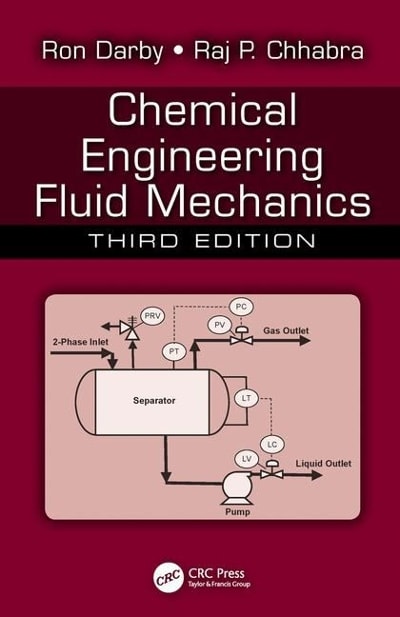When a ship moves through the water, it causes waves. The energy and momentum in these waves
Question:
When a ship moves through the water, it causes waves. The energy and momentum in these waves must come from the ship, which is manifested as a "wave drag" force on the ship. It is known that this drag force $(F)$ depends upon the ship speed $(V)$, the fluid properties $(ho, \mu)$, the length of the waterline $(L)$, and the beam width $(W)$ as well as the shape of the hull, among other things. (There is at least one important "other thing" that relates to the "wave drag," i.e., the energy required to create and sustain the waves from the bow and the wake. What is this additional variable?) Note that "shape" is a dimensionless parameter, which is implied by the requirement of geometrical similarity. If two geometries have the same shape, the ratio of each corresponding dimension of the two will also be the same.
(a) Perform a dimensional analysis of this system to determine a suitable set of dimensionless groups that could be used to describe the relationship between all of the variables. Arrange the groups such that viscous and gravitational parameters each appear in separate groups.
(b) It is assumed that "wave drag" is independent of viscosity and that "hull drag" is independent of gravity. You wish to determine the drag on a ship having a $500 \mathrm{ft}$ long waterline moving at $30 \mathrm{mph}$ through seawater $(\mathrm{SG}=1.1)$. You can make measurements on a scale model of the ship, $3 \mathrm{ft}$ long, in a towing tank containing fresh water. What speed should be used for the model to simulate the wave drag and the hull drag?
Step by Step Answer:

Chemical Engineering Fluid Mechanics
ISBN: 9781498724432
3rd Edition
Authors: Ron Darby, Raj P Chhabra





